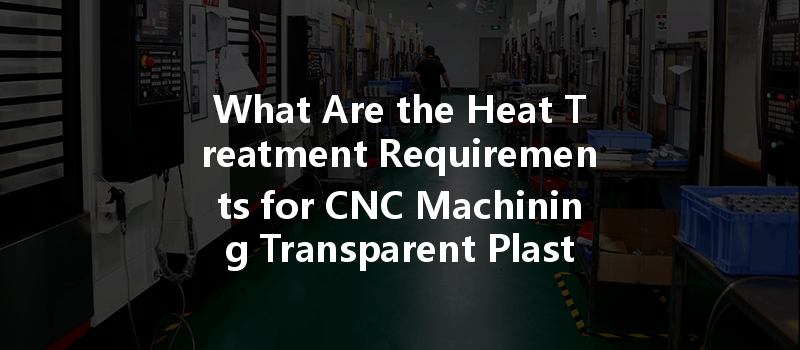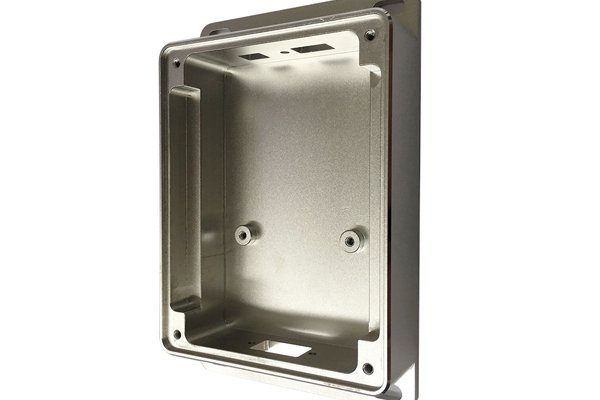Did you know that the global plastic machining market is projected to reach over $60 billion by 2026? With the continued rise of innovative manufacturing processes, understanding how to effectively machine and treat materials like transparent plastics is more crucial than ever. Among these materials, Polycarbonate (PC) and Polymethyl Methacrylate (PMMA) stand out due to their exceptional optical clarity and durability. However, to fully harness their properties, especially in CNC machining, one must navigate the complexities of heat treatment.
Overview of CNC Machining for Transparent Plastics
CNC (Computer Numerical Control) machining is a manufacturing process where pre-programmed computer software dictates the movement of factory tools and machinery. This technology is widely applied in the machining of various materials, including metals and plastics. However, machining transparent plastics comes with its unique set of challenges and solutions, especially concerning heat treatment.
Transparent plastics like PC and PMMA are favored in numerous applications from automotive components to electronic displays due to their excellent transparency and lightweight characteristics. However, one cannot overlook the heat treatment requirements that ensure these materials maintain their integrity during the CNC machining process.
The Importance of Heat Treatment for Transparent Plastics
Heat treatment is essential in CNC machining for the following reasons:
Understanding the Unique Properties of PC and PMMA
Before diving into specific heat treatment requirements, it’s crucial to understand the unique properties that differentiate PC and PMMA from each other and other materials.
Polycarbonate (PC)
Polymethyl Methacrylate (PMMA)
Heat Treatment Processes for CNC Machining of PC and PMMA
Stress Relief Annealing: Prior to the CNC machining of PC or PMMA, a process known as stress relief annealing can be conducted. This involves heating the material to a specific temperature and holding it for a period before cooling it down slowly.

Optimizing Tool Parameters: When machining, it’s crucial to manage the heat generated due to friction.
Post-Machining Annealing: After CNC machining, applying a post-machining annealing process can significantly enhance the final mechanical properties and reduce any induced stresses from the machining process.
Implementing sophisticated monitoring systems during machining is crucial. These systems help track temperature fluctuations and detect any anomalies that could lead to an overheating situation.
Challenges and Solutions in CNC Machining of Transparent Plastics
While implementing the above heat treatment processes, several challenges may arise during CNC machining of transparent plastics. Here are some common challenges and their respective solutions:
Challenge: Warping and Deformation
Solution: Properly executed pre-machining annealing and suitable cooling techniques will minimize thermal warping. Relying on a controlled environment during machining ensures consistent temperature management.
Challenge: Surface Quality
Solution: Excessive heat can degrade surface quality. By employing appropriate cutting tools, optimal speeds, and coolant application, one can significantly improve the surface finish on PC and PMMA parts.
Challenge: Tool Wear
Solution: Using high-quality, sharp cutting tools made with materials suitable for machining plastics can lower the wear rates. Routine tool changes should also be part of a machining strategy to prevent poor finishes and excessive heat generation.
Understanding the heat treatment requirements for CNC machining transparent plastics such as PC and PMMA is imperative in manufacturing high-quality components. By employing effective stress relief techniques, managing thermal loads during machining, and addressing potential challenges proactively, manufacturers can maximize the performance and longevity of their products.
As we move further into an era where plastics are heavily utilized across various industries, keeping abreast of appropriate machining techniques—including heat treatment processes—will become even more crucial.
In summary, this blog highlights the critical aspects of heat treatment in the CNC machining of transparent plastics, showcasing the need for meticulous attention to both pre and post-processing considerations. The ability to effectively manage these parameters will lead to superior results and successful application in advanced manufacturing fields. As we innovate and develop new processes, understanding and implementing these techniques will not only reduce costs and time but also ensure product excellence in a competitive marketplace.






